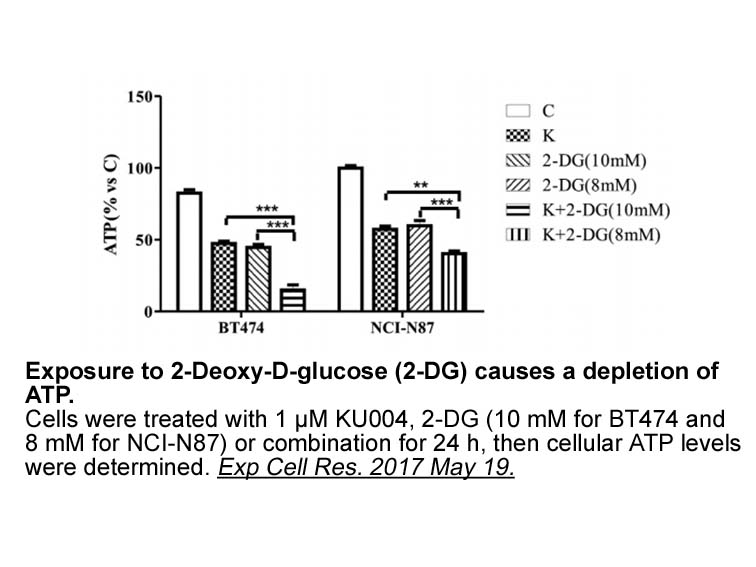Archives
Although the gene that encodes DHFR has
Although the gene that encodes DHFR has been strongly conserved during evolution, subtle differences in the active sites of bacterial, human and parasite vascular disrupting agent have been exploited to develop DHFR inhibitors specific to particular pathogens 1, 3. For example, pyrimethamine and cycloguanil bind strongly to the P. falciparum DHFR active site, but not to that of humans [7]. In eukaryotes, resistance to inhibitors of DHFR develops in three major ways: changes in drug transport or accumulation, overexpression of the wild type enzyme or point mutations in the dhfr gene that reduce the binding affinity of the inhibitor 3, 8. In mammalian cells, the first two mechanisms predominate and in the kinetoplastid, Leishmania tropica, resistance results mostly from over-replication of the region that encodes the wild type enzyme [9]. Resistance due to overexpression of the enzyme has only been reported in a laboratory line of P. falciparum selected for pyrimethamine resistance [10]. In all other cases, resistance to DHFR inhibitors correlated with point mutations in the DHFR enzyme itself, both in lines selected in the lab 10, 11 and in field populations 12, 13, 14. Based on these studies, there is considerable agreement that resistance to pyrimethamine is associated with a mutation in the Ser108 to Asn and that a further increase in resistance results from changes to Ile51, Arg59 or Leu1647, 12, 15, 16. Transfection into pyrimethamine-sensitive P. falciparum of a dhfr gene carrying the Asn108 mutation has recently confirmed the importance of that mutation [17]. Similar studies of the dhfr coding region of parasites from cycloguanil resistant populations have identified positions Thr108 and Val16 as possible mutations to cycloguanil resistance, but the correspondence between particular mutations and the cycloguanil-resistant phenotype (cycR) is considerably less clear for this drug 18, 19.
The DHFR enzyme activity in P. falciparum is one domain of a bifunctional enzyme that includes thymidylate synthase (TS), an enzyme that catalyzes a subsequent step in the folate pathway, 3, 20. A construct that contains just the dhfr domain has been cloned and expressed in Escherichia coli, but the endogenous enzyme is still produced and the P. falciparum enzyme is mostly sequestered in inclusion bodies 7, 21, 22, 23. Therefore, while purification of the P. falciparum DHFR from the E. coli has been extremely useful for study of the biochemistry of the enzyme, the system does not allow the selection of drug resistant E. coli. Several groups have studied the development of pyrimethamine resistance (pyrR) in laboratory populations of P. falciparum10, 11, but the practical limitations of parasite growth in the lab prevent the determination of the frequency with which the resistance develops. Peters and his colleagues have also conducted extensive studies to select mutants resistant to antifolate drugs using P. bergei in mice [1], but these studies are extremely time consuming and expensive.
To circumvent these limitations, we have expressed the P. falciparum dhfr gene in the budding yeast Saccharomyces cerevisiae. This work is the first step to establish a biological system that will allow new anti-malaria drugs or combinations of drugs that target the dihydrofolate reductase enzyme to be screened quickly and quantitatively to determine their potential as antimalaria treatments and to measure the frequency with which colonies resistant to the drug arise.
Materials and methods
and methods
Results
Discussion
The experiments described here are the first step in establishing a system for estimating rapidly and quantitatively the potential of a DHFR inhibitor for selecting populations of P. falciparum resistant to the drug. We have demonstrated that the DHFR enzyme from P. falciparum can supply the enzyme function in . Furthermore, the sensitivity of the transformed yeast to antimalaria drugs that target DHFR depends only upon the allele they express. Thus, one can now treat yeast that express a drug-sensitive allele of dhfr with a drug, and select resistant yeast colonies for analysis of the frequency and mechanism of their drug resistance.